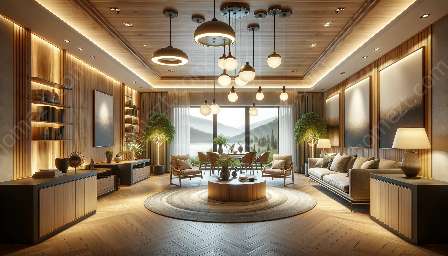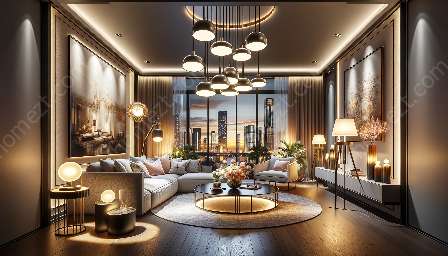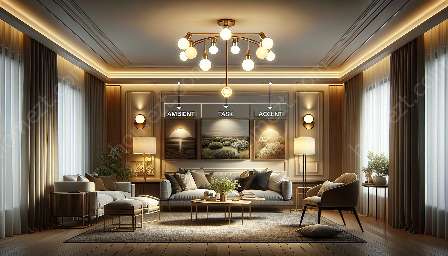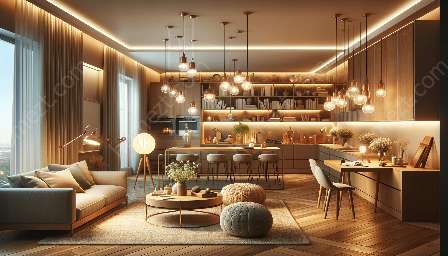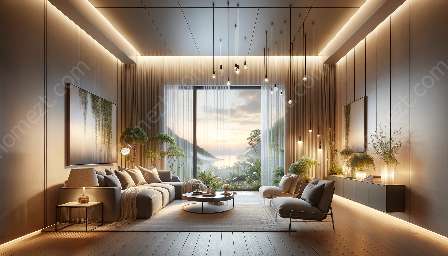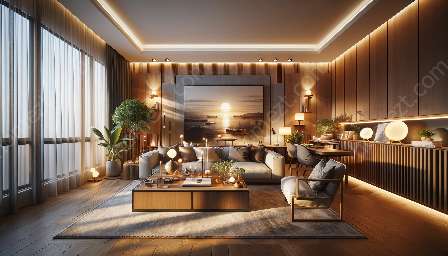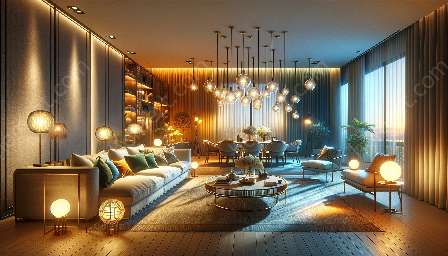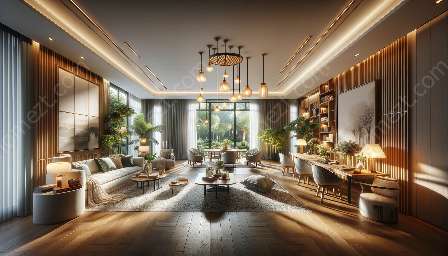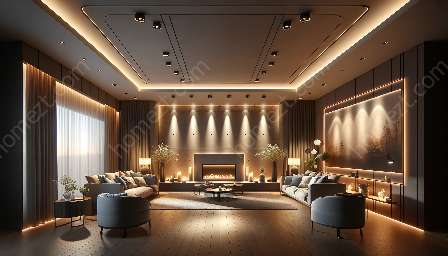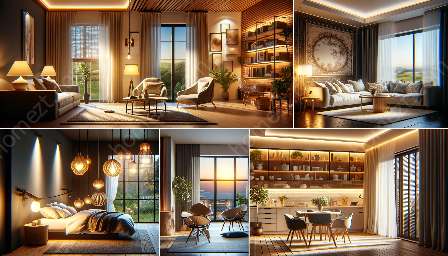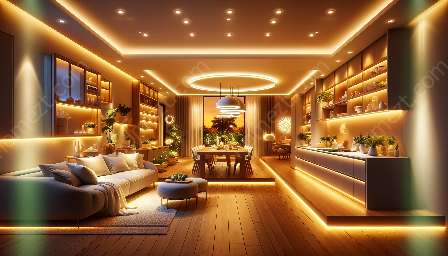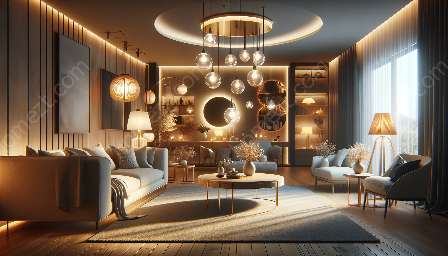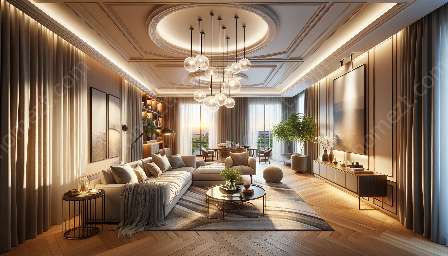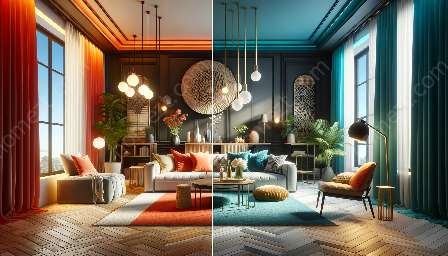Lighting design plays a crucial role in creating the ambiance and functionality of a living space. With the right lighting techniques, you can elevate the aesthetic appeal of your home furnishings and create a warm, inviting atmosphere. This comprehensive guide will delve into various lighting design techniques and their compatibility with home furnishings.
The Importance of Lighting Design
Before delving into specific lighting design techniques, it's essential to understand the significance of effective lighting in home furnishings. Lighting not only illuminates the space but also contributes to the overall aesthetics and functionality of a room. Proper lighting design can accentuate the beauty of your home furnishings while creating a comfortable and inviting environment.
Understanding Different Lighting Design Techniques
1. Ambient Lighting: This is the primary source of light in a room, providing overall illumination. It sets the tone for the space and creates a warm and welcoming ambiance. When combined with home furnishings, ambient lighting can highlight the textures and colors of furniture and decor, enhancing the overall appeal of the room.
2. Task Lighting: Task lighting is focused on specific areas for activities such as reading, cooking, or working. When integrated with home furnishings, task lighting can enhance the functionality of these areas, making them more practical and inviting.
3. Accent Lighting: Accent lighting is used to draw attention to specific features or focal points in a room, such as artwork, architectural elements, or unique furniture pieces. By strategically incorporating accent lighting, you can showcase the beauty and intricacies of your home furnishings, adding depth and visual interest to the space.
Compatibility with Home Furnishings
When considering lighting design techniques, it's crucial to ensure compatibility with your home furnishings. The choice of lighting fixtures, their placement, and the type of illumination can significantly impact the visual appeal of your furnishings. For example, soft ambient lighting can complement plush sofas and textured rugs, while task lighting can enhance the functionality of a dining area or workspace.
Utilizing Lighting to Create a Cohesive Design
Effective lighting design goes beyond mere illumination; it can tie together different elements of home furnishings to create a cohesive and harmonious design. By carefully selecting and implementing lighting techniques, you can accentuate the beauty of your furnishings, create distinct visual focal points, and establish a balanced and inviting atmosphere throughout your living space.
Incorporating Lighting Design into Home Furnishings
When integrating lighting design techniques with home furnishings, consider the following:
- Choose fixtures that complement the style and scale of your furnishings. Whether contemporary, traditional, or eclectic, lighting fixtures should harmonize with the overall design aesthetic.
- Utilize different types of lighting for versatile functionality. Incorporating a mix of ambient, task, and accent lighting can cater to various activities and moods within your living space.
- Focus on layering light to create depth and visual interest in the room. By combining different lighting techniques, you can add dimension and character to your home furnishings.
Conclusion
Lighting design techniques offer a multitude of opportunities to enhance the visual appeal and functionality of your home furnishings. By understanding the various lighting techniques and their compatibility with furnishings, you can transform your living space into a harmonious and inviting oasis.

